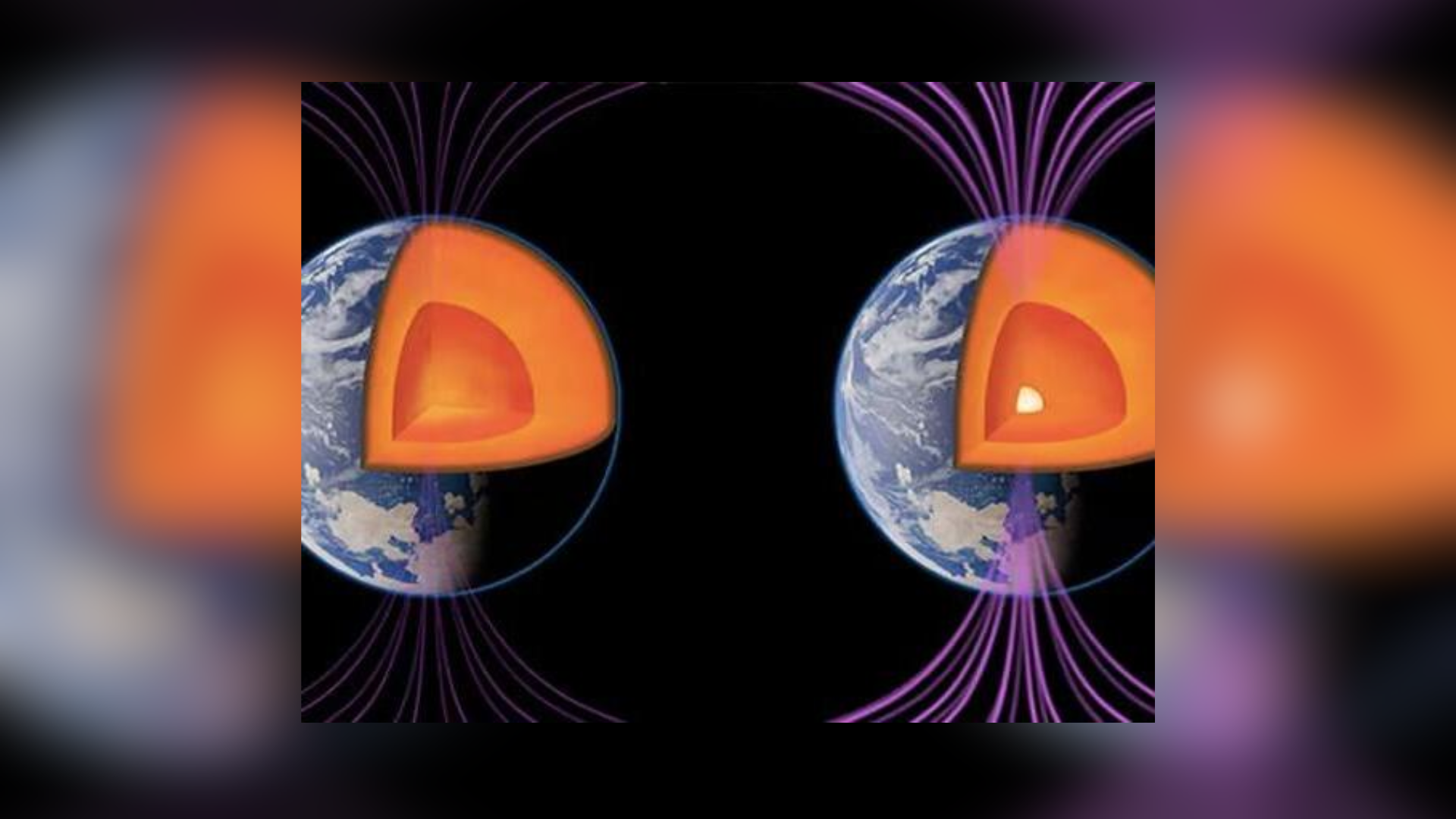The world of science has been abuzz with captivating discoveries, from massive black holes to record-breaking achievements like South Korea’s fusion reactor reaching unprecedented temperatures. Adding to these staggering revelations is the recent scientific news that has been making waves on social media – the discovery of a colossal ocean hidden deep beneath the Earth’s crust.
This extraordinary body of water lies a staggering 700 kilometers below the Earth’s surface, nestled within a rock known as ringwoodite. What makes this finding even more astonishing is that this subterranean reservoir holds three times the volume of all the planet’s surface oceans combined.
The detailed findings of this remarkable discovery were presented in a scientific paper titled ‘Dehydration melting at the top of the lower mantle’, published back in 2014. The paper shed light on the unique properties of ringwoodite that make it a natural sponge, capable of absorbing and trapping water.
A Gigantic Ocean Discovered 700km Beneath The Earth’s Surface
Imagine the vast expanse of the world’s oceans. Now, picture an underwater realm three times that size, not across the globe’s surface, but tucked away deep beneath it, at a depth of 700 kilometers. This isn’t the… pic.twitter.com/ROj1KqpYg1
— Niels Groeneveld (@nigroeneveld) April 2, 2024
Geophysicist Steve Jacobsen, a key member of the discovery team, described the crystal structure of ringwoodite as being uniquely adept at attracting hydrogen and retaining water. “The ringwoodite is like a sponge, soaking up water,” he stated.
Furthermore, Jacobsen remarked on the potential implications of this discovery, stating, “I think we are finally seeing evidence for a whole-Earth water cycle, which may help explain the vast amount of liquid water on the surface of our habitable planet. Scientists have been looking for this missing deep water for decades.”
This groundbreaking revelation was made possible through the study of earthquakes, with seismometers detecting shockwaves beneath the Earth’s surface. The researchers behind this discovery examined the effects of downwelling from the transition zone into the lower mantle through high-pressure laboratory experiments, numerical modeling, and seismic P-to-S conversions.
Their findings revealed the presence of intergranular melt in the transition zone, indicating hydration across a significant region of this zone. “These results suggest hydration of a large region of the transition zone and that dehydration melting may act to trap H2O in the transition zone,” the scientists concluded.
With this discovery of a massive ocean hidden deep within the Earth’s mantle, the scientific community is once again astounded by the mysteries that lie beneath our feet. This remarkable find opens new doors of exploration and understanding, shedding light on the intricate dynamics of our planet’s inner workings.


















